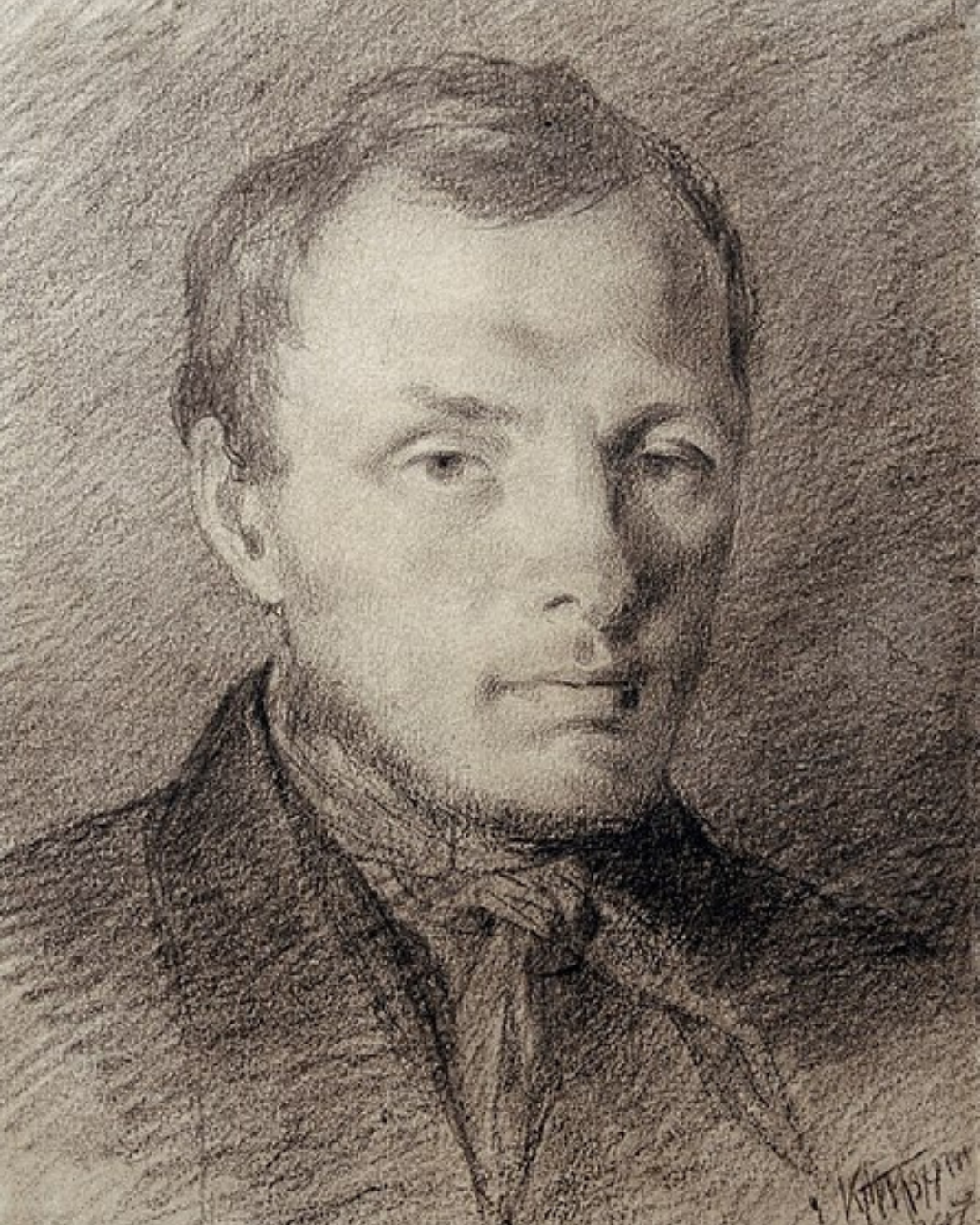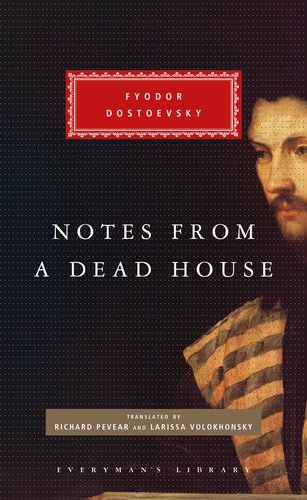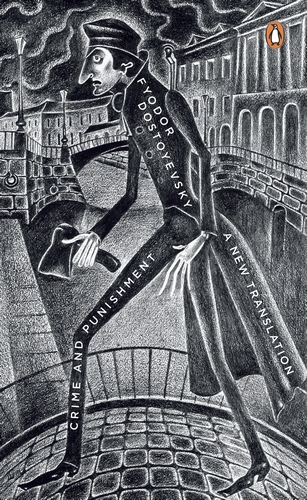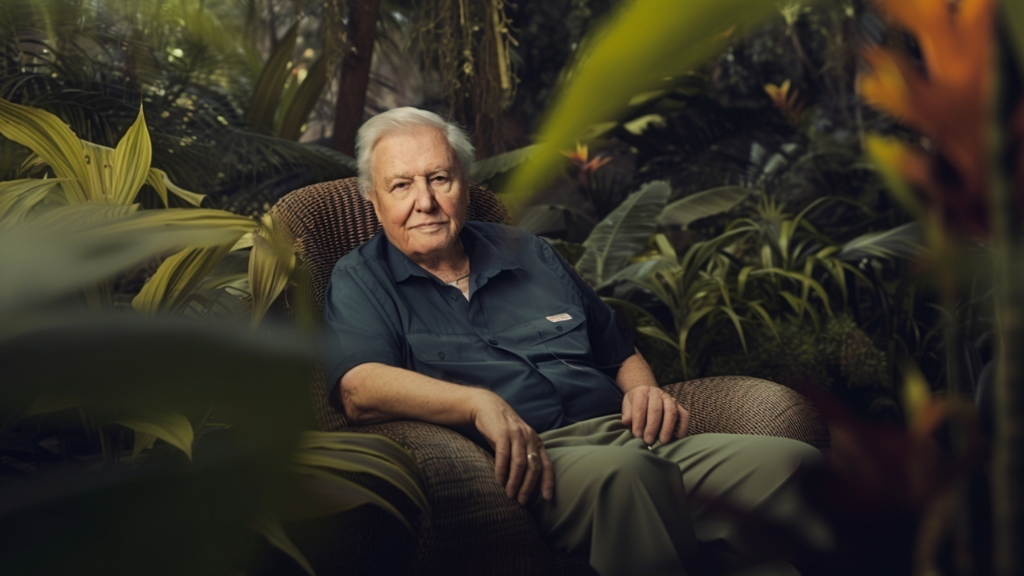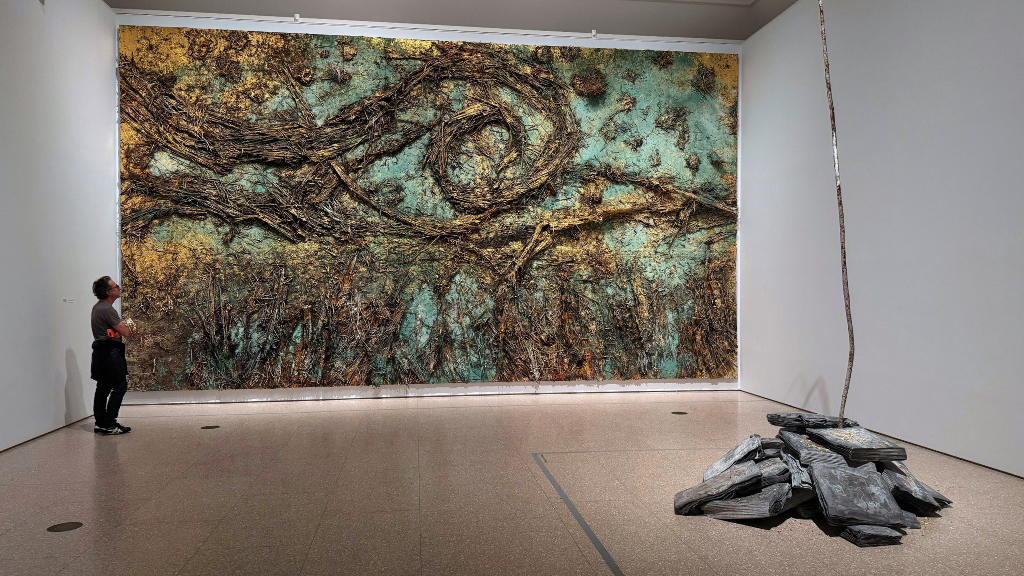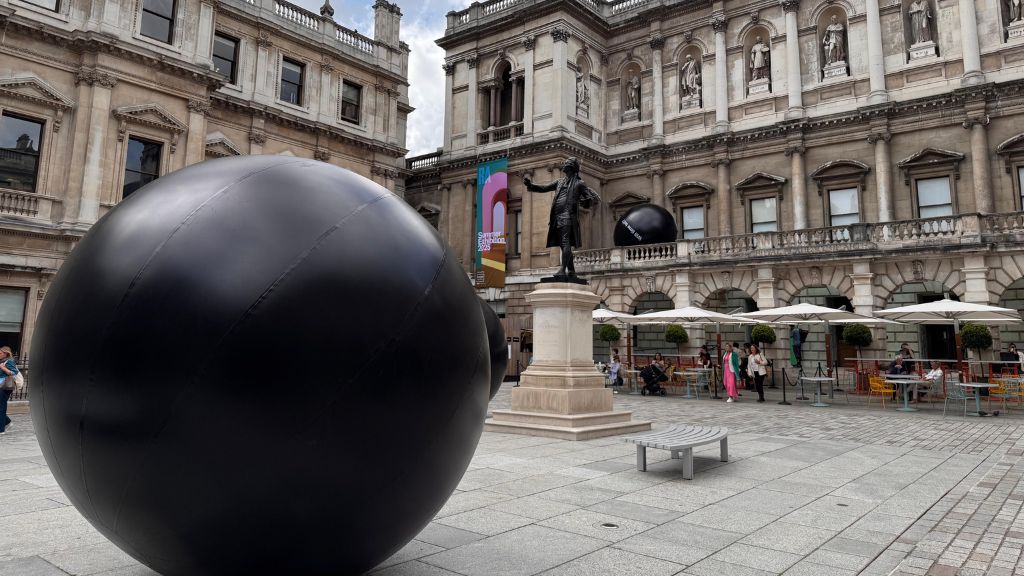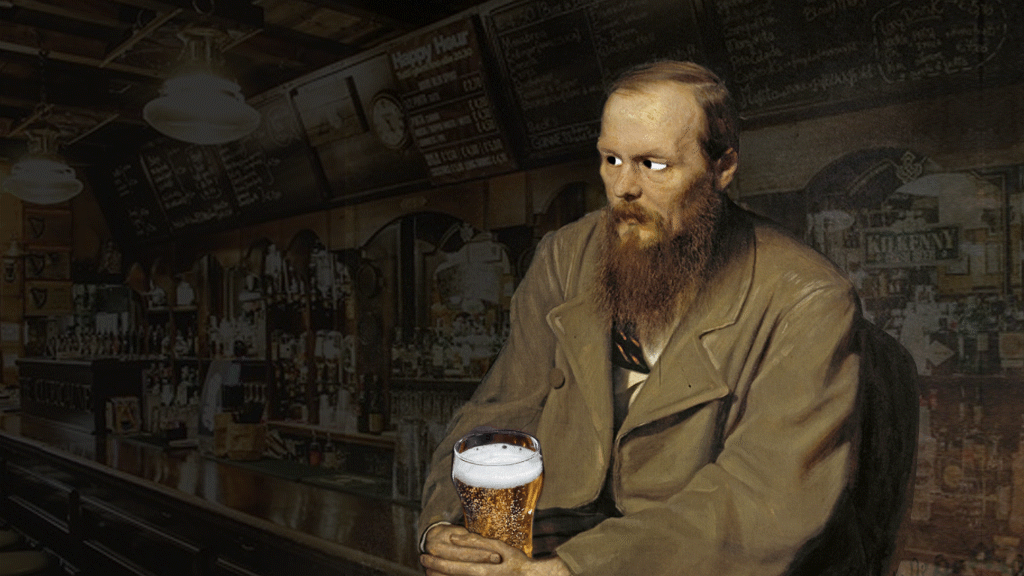
Dostoevsky in London and his influence on the British classics
By 2022, the Russian classicist Fyodor Dostoevsky entered the top five most popular classical authors in the UK, overtaking Jane Austen and Charles Dickens. According to Penguin Books, during the pandemic, sales of his books in the country increased by 177% compared to 2016. The outbreak of British interest in the novels Crime and Punishment, Demons and the story Notes from Underground is explained by the fact that during the pandemic, many people began to look for the meaning of life. Modern readers are attracted by the frankness with which Dostoevsky plunges into the inner world of his characters, explores their experiences and shows the duality of human nature. Afisha.London magazine tells the difficult story of Dostoevsky’s recognition in the United Kingdom and highlights his visit to London in the era of technological progress in 1862.
The formation of a genius and a monster of literature
Fyodor Dostoevsky was born on November 11, 1821 in Moscow in the family of the head physician Mikhail Dostoevsky and the daughter of a merchant, Maria Nechaeva, he was the third of seven children. The writer recalled his childhood with special trepidation — his refined and tender mother raised children in love for poetry and art, balancing the strong-willed character of his father. In 1837, Maria died, and the heartbroken father sent two sons, Fyodor and Mikhail, to study at an engineering school in St. Petersburg, although both boys passionately dreamed of becoming poets.
Finding himself in the city’s creative environment on the Neva, Fyodor became interested in European literature — he read Shakespeare, Hugo and Lord Byron. In 1845, the writer completed his first novel, Poor Folk, which Vissarion Belinsky, the trendsetter of the literary fashion of those years, proclaimed an attempt at the first social novel in Russia. It must be said that in the circle of St. Petersburg writers Dostoevsky was not much loved and for his excessive self-confidence they sarcastically called him “a pimple on the nose of literature”. Fyodor’s good relationship was preserved for life only with the novelist Leo Tolstoy, and even then because they did not personally meet, but Tolstoy highly appreciated Dostoevsky’s writings.
- Dostoevsky at 26, drawing by K. Trutovsky, 1847. Photo: Konstantin Trutovsky, Public domain, via Wikimedia Commons
- Dostoevsky, 1863. Photo: А. О. Бауман, Public domain, via Wikimedia Commons
In 1847, Dostoevsky immersed himself in the ideas of socialism and became a member of the Petrashevsky Circle, which was also visited by the writer Saltykov-Shchedrin, the composers Glinka and Rubinstein. The founder of the Сircle was Mikhail Butashevich-Petrashevsky, it was in his St. Petersburg apartment that teachers, officials, students with progressive views gathered on Fridays, and began to hotly discuss the judicial system, freedom of printing and the liberation of the peasants in Russia, which would happen only in 1861. At one of the meetings of the Petrashevists, Dostoevsky read a letter from Belinsky to Gogol, in which the already terminally ill Belinsky criticized the Russian Church and put forward ideas for enlightenment. The letter was classified as forbidden literature for the next 60 years, and Dostoevsky, like other Petrashevists, was arrested in 1849. The writer spent 8 months in the Peter and Paul Fortress and was pardoned right on the scaffold. The shooting was changed to hard labour in Siberia and military service; only with the coming to power of Alexander II in 1856, Dostoevsky was pardoned. While in exile, the writer became disillusioned with utopian socialism and formed a new system of views, later called “pochvennichestvo”, calling on Russian society to return to “its own soil”: folk and national principles.
Dostoevsky’s impressions of London
In 1862 Dostoevsky set out on his first trip to Europe, where he visited Italy, Switzerland, Austria, Germany, France and England. However later, his memories, reflected in Winter Notes on Summer Impressions, will concern only Paris and London as strongholds of Western civilization, which he dreamed of seeing with his own eyes. The writer stayed in the British capital for 8 days, from July 12 to 20, and he supposedly lived in a hotel near Orsett Terrace, where Alexander Herzen, one of the most influential political figures for the Russian intelligentsia in Russia and abroad, lived.
Read more: The legendary Russian children’s poet Korney Chukovsky in London
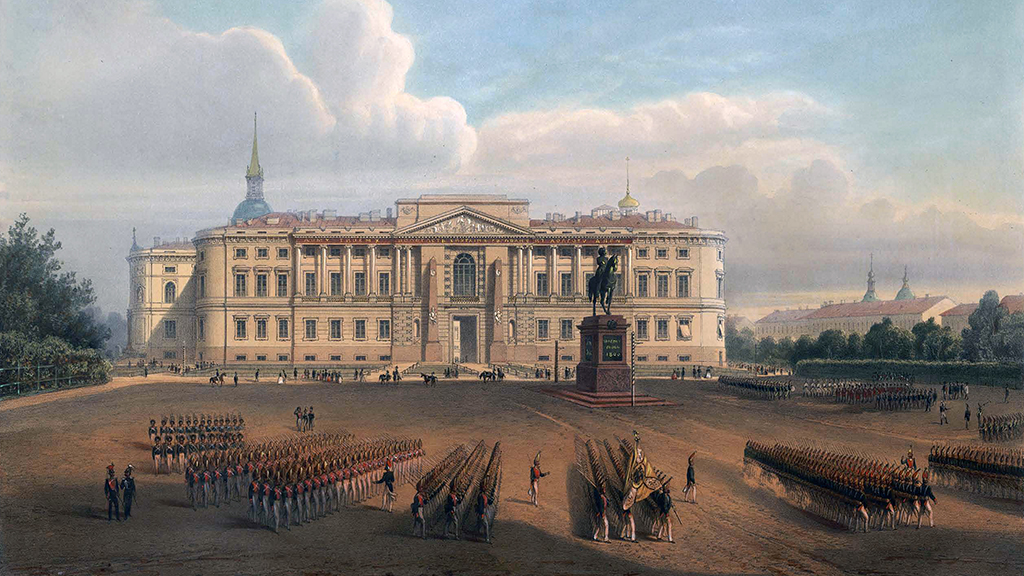
Mikhailovsky Castle in St. Petersburg in the 19th century, lithograph after a drawing by I. Charlemagne. Photo: Joseph-Maria Charlemagne-Baudet, Public domain, via Wikimedia Commons
Dostoevsky visited the famous Herzen House twice. The meetings were held on a warm friendly note, the writers talked about education and the abolition of serfdom, although they also had disagreements. In his journal A Writer’s Diary Dostoevsky would later say that he admired Herzen as an artist, thinker, witty and amazing interlocutor. However, the writer believed that the revolutionary Herzen had lost his roots and connection with the simple Russian people, like most of the educated class. Literary scholar Vladimir Kantor in his article Herzen as Stavrogin’s Prototype suggests that Dostoevsky could disguise the connection of a real figure with the image of the protagonist in the novel Demons.

A sketch of the Petrashevsky Circle mock execution. Photo: B. Pokrovsky, Public domain, via Wikimedia Commons
London made a colossal impression on Dostoevsky and struck him with its originality, enormity and contradictions. In Winter Notes… he describes the British capital of the Victorian era from the position of a humanist as a symbol of the triumph of a new industrial civilization and the bourgeois order. In his notes, “the poisoned Thames and the air soaked with coal” goes side by side with “magnificent squares and parks”, London’s “City with its millions and trade”, “the Crystal Palace and the World Exhibition”. From May 1 to November 1, 1862, the second World Exhibition was held in London, organized at the Crystal Palace in South Kensington, which the writer just had a chance to visit. The exhibition featured 29,800 exhibits from 36 countries, including Russia, whose industry was demonstrated by the crystal of the St. Petersburg Imperial Porcelain Factory, silk fabrics and cashmere. In the inventions section of the exhibition, Dostoevsky saw the world of the future: an electric telegraph, a prototype refrigerator, a loom, and a demonstration of the use of rubber. The technological progress of London equally attracted and repulsed the writer; in Dostoevsky’s picture of the world, it personified the victory of capital over man.

Chokan Valikhanov (left) and Fyodor Dostoyevsky (right), photograph shot in 1858. Photo: Русский: Н. Лейбин English: N. Leybin, Public domain, via Wikimedia Commons
Interestingly, the writer received the most vivid emotions from a walk in the Haymarket area, which in Victorian London was considered the red-light district. At night, on the brightly lit streets among the gilded coffee houses, women of all ages gathered here, among whom were beauties, and old women, and even underage girls. Likely, the “brilliance and poverty of the courtesans” seen in the Haymarket influenced the writer, since later prostitution would become an important theme in his key works Notes from Underground and Crime and Punishment. By the way, today’s Haymarket has nothing in common with that area from the 1860s, except, perhaps, that the tradition of coffee houses and eateries has been preserved there. Taking with him a heap of deafening impressions, Dostoevsky never returned to the British capital, but the city will still play a role in the writer’s life. In June 1879, at a congress in London chaired by Victor Hugo, Dostoevsky would be elected a member of the committee of the International Literary Association, created to protect copyright at the international level.
Recognition of Dostoevsky in England
In the 1880s, Dostoevsky was already widely known in Russia, but in Britain he was more perceived as a chronicler of wild Russian life, whose descriptions of feelings and thoughts were foreign to the British. Philologist and expert on English literature Tatyana Krasavchenko, in the article Genius and monster in “the house of literature”: Dostoevsky’s reputation in Britain, says that one of the first people in 19th-century England to appreciate Dostoevsky, who knew the depths of suffering and need, was the esthete Oscar Wilde. In the novel The Picture of Dorian Gray he will partially reflect the duality of nature inherent in Dostoevsky’s characters, and thereby create a complex picture of a crime that was not typical of English literature until then.
Read more: Rudolf Nureyev: an emigrant, who became a ballet legend
The Victorian era, with its strict system of ladies and gentlemen, left its mark, but already at the beginning of the 20th century, English writers and readers were gradually acquainted with Dostoevsky and appreciated the complex model of the human psyche proposed by the writer. For example, the British writer Virginia Woolf was struck by the Russian genius. In her opinion, he blew up the traditional ideas about a person, making it clear that there is no clear division between good and bad. And after the novel The Brothers Karamazov was published in English in 1912, the cult of Dostoevsky happened in England, which coincided with the fashion in Europe for everything Russian — tiaras, sundresses and Diaghilev’s ballet.
- Fyodor Dostoevsky, Richard Pevear (Introducer), Notes from a Dead House, Penguin Books
- Fyodor Dostoevsky, Oliver Ready (Translator), Crime and Punishment, Penguin Books
For Dostoevsky’s 200th birthday in 2021, British novelist Alex Christofi has published a book on the writer’s life turbulent ups and downs, which he believes Dostoevsky could have written himself — Dostoevsky in Love: An Intimate Life. Christofi’s interest in the writer’s love affairs is not accidental — despite his religiousness, Dostoevsky was by no means a saint. He was married twice and somehow even once ran away to his mistress in Paris. The writer met his first wife, Maria Isaeva, while still in exile, but with her harsh character, she brought the writer to epileptic attacks, and he drowned out his growing anxiety by playing roulette.
The second time he married in 1867 to the stenographer Anna Snitkina, who became the guardian angel and shadow of her brilliant husband. However, it was precisely such modest women that attracted him — Dostoevsky did not like nihilists and emancipists. Anna gave birth to four children to the writer, with her help he completed Crime and Punishment and The Gambler on time, she also kept an income and expense journal to somehow make ends meet — the writer was always in debt. After his death on February 9, 1881, Anna remained faithful to her husband and published his books. Dostoevsky was buried with full honours at the Tikhvin Cemetery of the Alexander Nevsky Lavra in St. Petersburg.
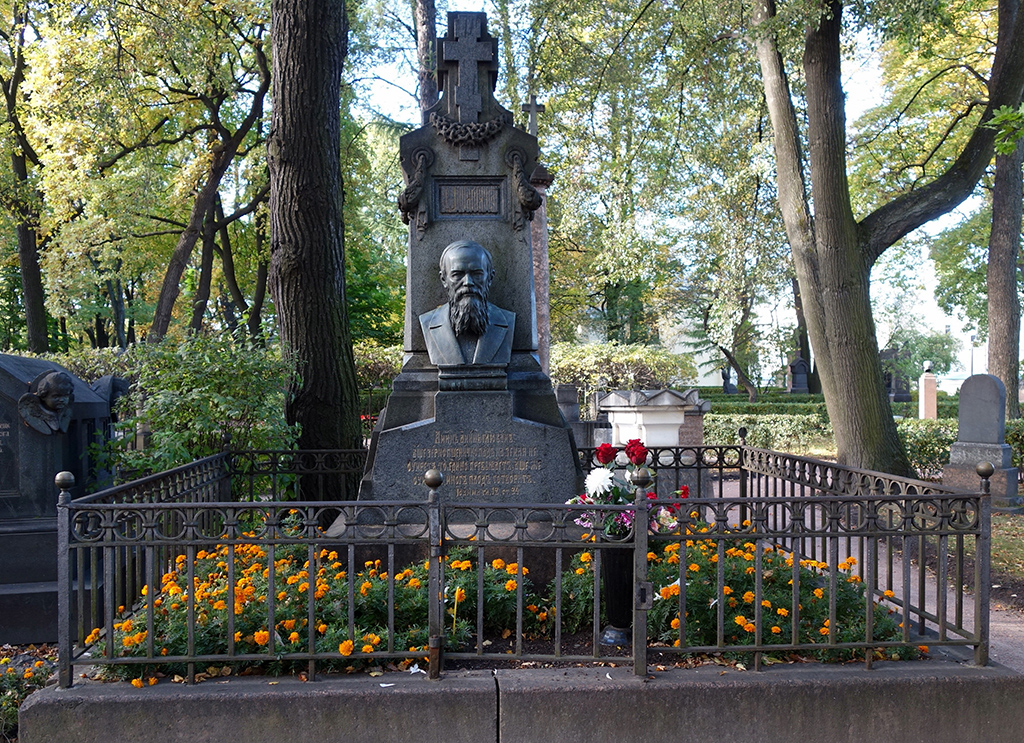
Monument on Dostoevsky’s grave. Photo: Тулип, CC BY-SA 4.0, via Wikimedia Commons
By the way, it was in St. Petersburg near Sennaya Square that the British channel BBC filmed a two-episode film Crime and Punishment in 2002, completely recreating the atmosphere of the novel. This is one of more than 10 film adaptations made by the British based on the immortal plots of the books of Fyodor Dostoevsky.
Irina Latsio
Cover photo:Vasily Perov, Portrait of Fyodor Dostoevsky, 1872, The State Tretyakov Gallery
Read more:
Composer Pyotr Tchaikovsky in London: impressions, recognition and success
How Diaghilev’s “Saisons Russes” influenced the European art world of the 20th century
Felix Yusupov and Princess Irina of Russia: love, riches and emigration
SUBSCRIBE
Receive our digest once a week with quality Russian events and articles

